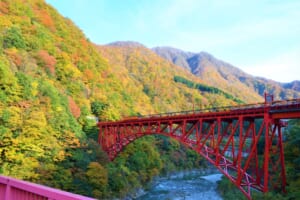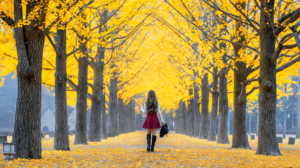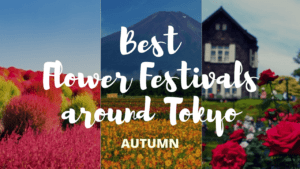Different Types of Autumn Leaves in Japan
Discovering the rich palette of fall colours

The seasonal shift to Autumn in Japan is genuinely a significant cultural event that captivates locals and tourists alike. Known locally as “koyo,” the phenomenon of leaves changing colors has long been celebrated through art, poetry, and seasonal festivals.
Spanning from Hokkaido’s early transformations to Okinawa’s subtler shifts, each region offers its own interpretation of autumnal beauty. This article will guide you through the various types of leaves that contribute to Japan’s autumn landscape, demonstrating that the country’s seasonal appeal extends far beyond its famed cherry blossoms.
Generally speaking, autumn in Japan tends to be synonymous with two main types, which are the most common subjects of “momijigari” or autumn leaf hunting; bright red maples or deep yellow ginkgos. To a lesser degree, the subtle brown shades of beech or oaks. Let’s take a closer look:
Japanese Maple and Other Red Leaves
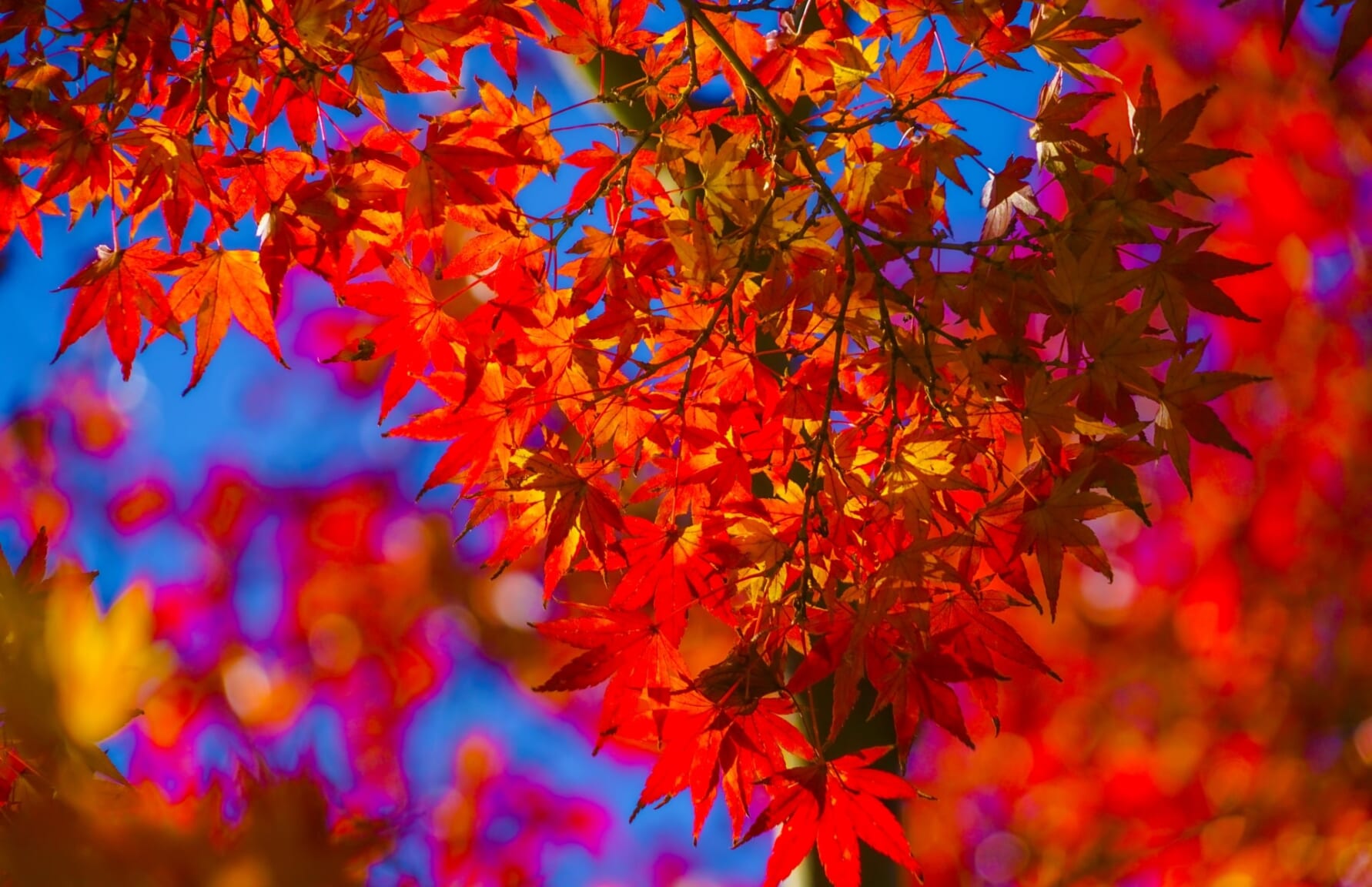
Its intricate leaf shape and vivid colors make it a prime subject for photographers and nature enthusiasts alike. There are several subspecies with their own small variations in size and color, like Irohamomiji, which is the most common, while Yamamomiji is more prevalent in northern areas.
Other common red leaves include Japanese rowan, Burning Bush (of Hitachi Seaside Park fame), Wax Tree, and Rhododendron.
Ginkgo Biloba and Other Yellow Leaves

While the leaves are visually stunning, be warned: the accompanying fruit has a rather pungent aroma. Nonetheless, the Ginkgo holds a special place in Japanese culture, symbolizing endurance and longevity. Particularly for Tokyo, as the Ginkgo leaves are the emblem of the Tokyo Metropolitan Government.
Among other varieties that also paint themselves in yellow, we can find Japanese Larch, Japanese Zelkova, Poplar, and Elm. Also, some Maples turn yellow as well!
More info:5 Best Spots to Enjoy Autumn Ginkgo Trees in Tokyo!
Japanese Beech and Oaks and Other Brown Wallflowers

No literary works praise the beauty of their unassuming brown and bronze hues but they’re quite commonplace in both lowland and mountainous areas and it’s a much-needed background that binds everything together and allows the red and yellow to pop out.
Honorable Mention: Grass
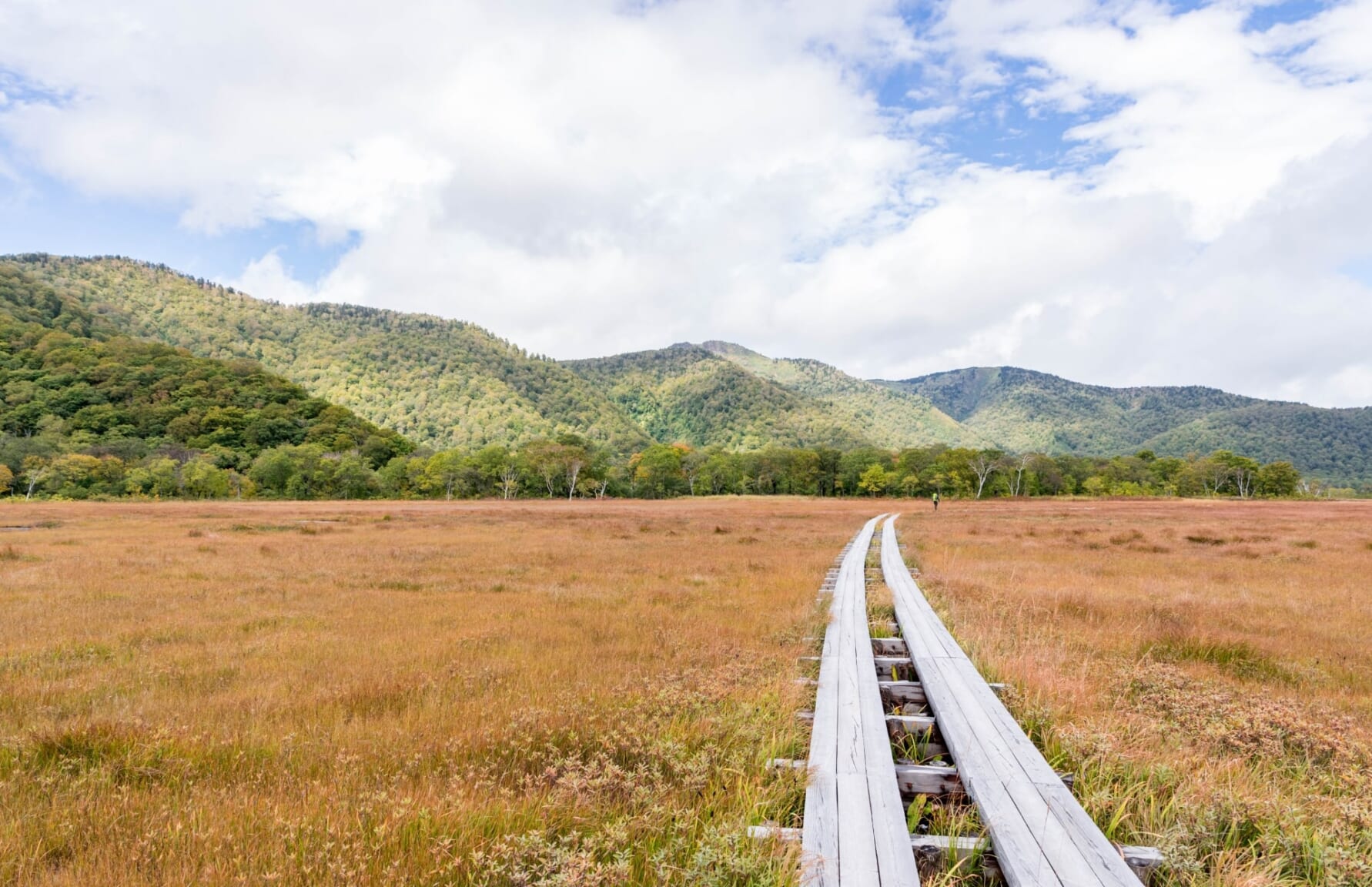
Some Regional Highlights
Japan’s autumn leaves aren’t a one-size-fits-all affair. Different regions offer unique experiences, each with its own local flavor. Here’s a look at what you can expect in some key areas:
Hokkaido: The Early Bloomers

The Daisetsuzan National Park is a popular destination, where the early onset of cooler temperatures triggers a rapid transformation, creating a stunning blend of colors that are a feast for the eyes.
More info: 5 Best Autumn Leaves Spots in Hokkaido
Kansai: Where Tradition Meets Foliage

This is particularly noticeable in Kyoto, which explains partly why such a developed culture grew around the pleasure of admiring the fall colors. The experience here is not just visual; it’s deeply cultural, making Kansai a must-visit for those looking to combine history with natural beauty.
Check also: 10 Best Autumn Leaves Spots in Kyoto & 5 Best Autumn Leaves Spots in Osaka
Kyushu: Autumn with a Side of Hot Springs

In each of these regions, the autumn leaves, more than simply a seasonal attraction, they serve as an integral part of the local culture and landscape. By exploring different parts of Japan, you’ll gain a fuller understanding of the country’s diverse autumnal offerings.
Some Tips to Enjoy Koyo Like a Local
Experiencing Japan’s autumn foliage isn’t just about showing up and taking photos. There are ways to immerse yourself in the “koyo” season that goes beyond the lens of your camera.
- Timing, timing, timing: the peak time for autumn leaves varies by region and even by tree type. Generally, the season starts in late September in Hokkaido and moves southward, ending in early December in Okinawa. Keep an eye on local koyo forecasts, which are widely available online and in local news.
▽Check our Autumn Leaves Forecast!▽
- Avoid the crowds (if you can): Popular spots can get incredibly crowded, especially on weekends and public holidays. If you prefer a more serene experience, aim for weekday visits or explore less-frequented areas. Early morning or late afternoon outings are also a good option.
- Layer up: Autumn weather can be unpredictable, temperatures may drop suddenly or some showers may surprise you. Be prepared, layering is key!
▽More details about what to wear during Autumn!▽
- Bring a snack: Who said that spring was the only season for flower-viewing picnics? Autumn weather tends to be chillier but still reasonably pleasant after the scorching heat of summer. Find a nice spot with friends or on your own, get a snack and a thermos with some nice tea, and bask in the contemplative bliss!
▽More details about what to eat during Autumn!▽
Japan’s autumn leaves offer more than just a visual spectacle; they’re a cultural experience that captivates the senses. Understanding the varieties and local customs enriches this seasonal journey, making each leaf and each moment truly unforgettable.
▽Subscribe to our free news magazine!▽
For more information about seasonal attractions in Japan, check these articles below, too!
▽Related Articles▽
▼Editor’s Picks▼
Written by
Photographer, journalist, and avid urban cyclist, making sense of Japan since 2017. I was born in Caracas and lived for 14 years in Barcelona before moving to Tokyo. Currently working towards my goal of visiting every prefecture in Japan, I hope to share with readers the everlasting joy of discovery and the neverending urge to keep exploring.








